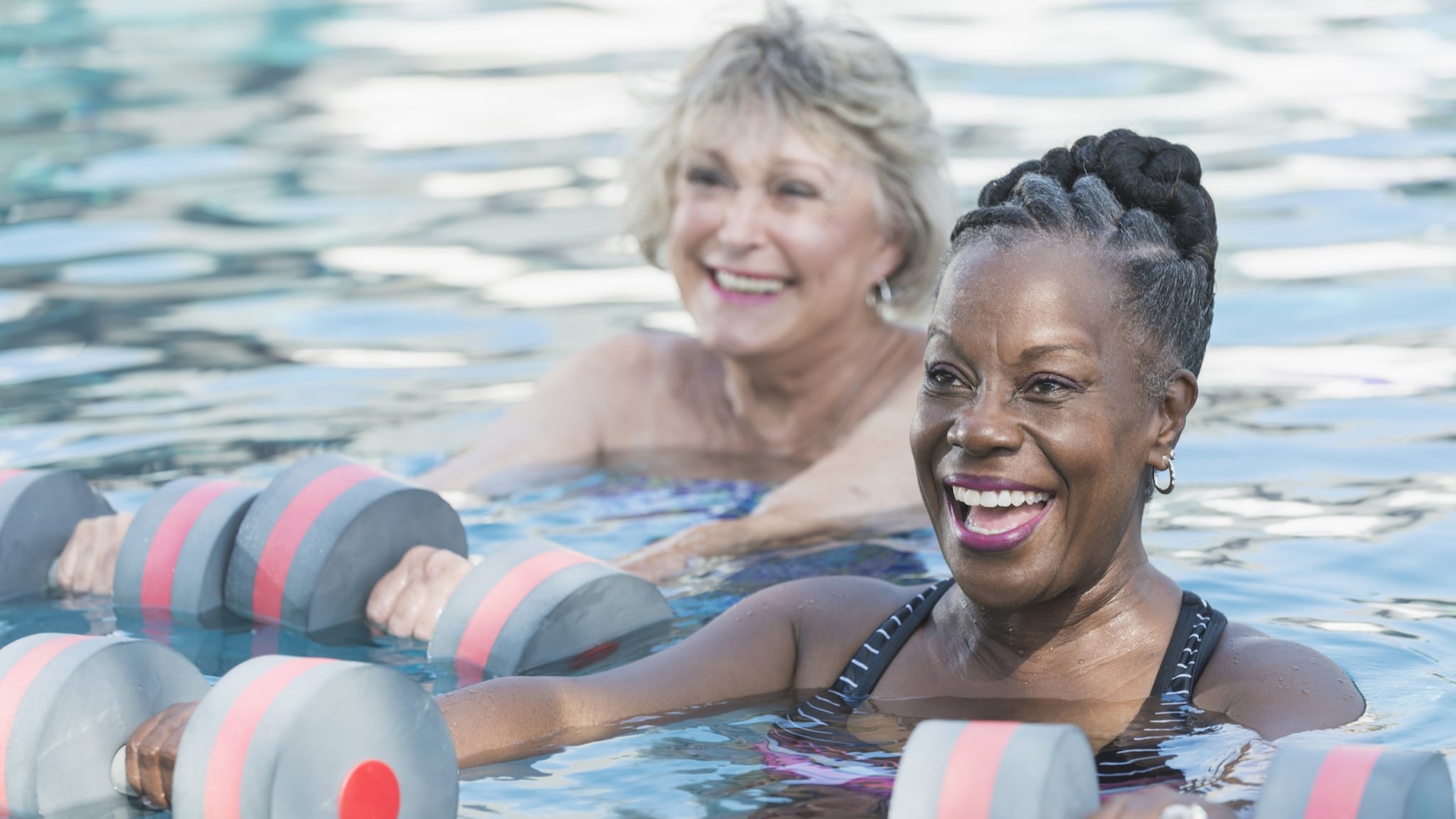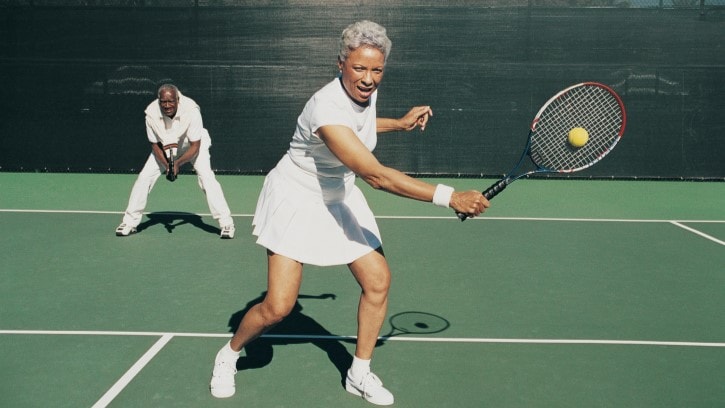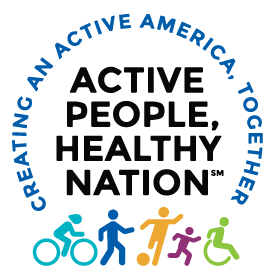Key points
- If you are 65 or older, you need aerobic, muscle-strengthening, and balance activities each week.
- You can add regular physical activity into your life in a variety of ways.
- People benefit from physical activity throughout life, including as they age.

Recommendations
Every week, adults 65 and older need:
- Aerobic physical activity that includes:
- At least 150 minutes at moderate intensity. This could be 30 minutes a day, 5 days a week.
- Or 75 minutes at vigorous intensity.
- Or an equivalent combination at moderate and vigorous intensity.
- At least 150 minutes at moderate intensity. This could be 30 minutes a day, 5 days a week.
- At least 2 days of activities that strengthen muscles.
- Activities to improve balance.
See what counts as aerobic, muscle-strengthening, and balance activities. Also, see how to tell if aerobic physical activity is moderate or vigorous.
If you have trouble meeting these recommendations, be as physically active as your abilities and conditions allow. Remember that some physical activity is better than none at all. Your health benefits will also increase with the more physical activity that you do.
What you can do

Sample weekly schedules
Here are some ways to meet the physical activity recommendations each week.
Example 1

Moderate-intensity aerobic activity such as brisk walking for 150 minutes (for example, 30 minutes a day, 5 days a week)
AND

Muscle-strengthening activities on 2 or more days a week that work all major muscle groups (legs, hips, back, abdomen, chest, shoulders, and arms).
PLUS
![]()
Balance activities such as walking heel-to-toe or standing from a sitting position.
Example 2

Vigorous-intensity aerobic activity (such as jogging or running) for 75 minutes (1 hour and 15 minutes) every week
AND

Muscle-strengthening activities on 2 or more days a week that work all major muscle groups (legs, hips, back, abdomen, chest, shoulders, and arms).
PLUS
![]()
Balance activities such as walking heel-to-toe or standing from a sitting position.
Example 3
![]()
An equivalent mix of moderate- and vigorous-intensity aerobic activity
AND

Muscle-strengthening activities on 2 or more days a week that work all major muscle groups (legs, hips, back, abdomen, chest, shoulders, and arms).
PLUS
![]()
Balance activities such as walking heel-to-toe or standing from a sitting position.
Benefits
Physical activity can prevent or delay many of the health problems that seem to come with age. It also helps your muscles grow stronger so you can keep doing your day-to-day activities without becoming dependent on others. For more information, see:
- Physical activity health benefits for adults 65 or older
- Physical activity and cancer
- Physical activity boosts brain health
- How physical activity can support physical and mental health, from the Physical Activity Guidelines for Americans, 2nd edition
- CDC Podcast:
Resources
Growing Stronger: Strength Training for Older Adults is a 2002 resource with exercises to increase muscle strength, maintain bone integrity, and improve balance, coordination, and mobility.
Physical Activity Guidelines for Americans Midcourse Report: Implementation Strategies for Older Adults: Strategies to increase physical activity among older adults.

Want additional tips and resources to be active?
Learn about Active People, Healthy NationSM, CDC’s national initiative to help people be more physically active.
